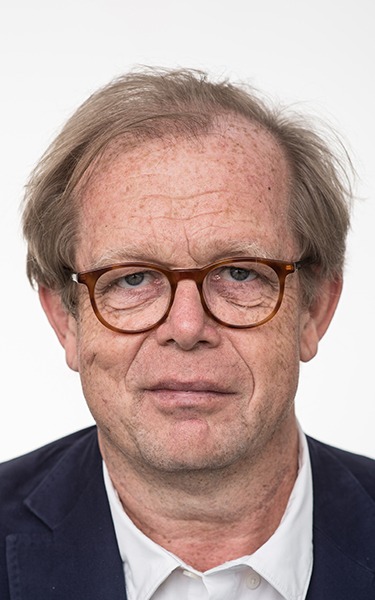Despite improvements in patient management such as safer anaesthesia, enhanced recovery programs, major liver surgery removing more than 3 segments continues to carry a high rate of morbidity and risk of mortality. The main cause of mortality continues to be post-operative liver failure (PHLF) recently defined at an international consensus conference. The risk of PHLF is directly related to the volume of the liver remnant after surgery. Preparing the liver pre-operatively in order to obtain a sufficient volume of liver remnant has been explored by different means.
The first and most widely accepted option for increasing the size of the future liver remnant is portal vein embolization (PVE). PVE consists of embolizing the portal veins of the future resected liver. Hypertrophy usually occurs in 3 to 4 weeks and allows for a sufficient FLR in most of cases. Because liver regeneration takes around one month after PVE, 10-15% of patients do not undergo the hemi-hepatectomy because of either insufficient hypertrophy or due to disease extent at surgery.
To accelerate the regeneration process, the ALPPS accounting for associating liver partition and portal vein ligation for staged hepatectomy has been evaluated since 2011. This complex surgical approach is a two-step procedure, liver partition and right portal vein ligation are done first and then in a second surgical procedure the hemi hepatectomy is done. Despite initial enthusiasm due to a very rapid and important regeneration of the FLR, the high rate of morbidity and mortality particularly in patients with hilar cholangiocarcinoma and in patients with chronic liver disease has raised questions and limited the indication to highly selected cases. Surprisingly, despite a high volumetric regeneration rate, some patients were still developing PHLF. Thanks to this observation and to better understand and to select patients for surgery, Mebrufonin SPECT-CT has been developed to analyse the respective function of the FLR and of the total liver and this functional gain after PVE, or ALPPS was compared to the volumetric gain measured by CT. In PVE, functional gain surpasses the volumetric gain while this not the case in ALPPS. Some patients even develop a decreased liver function of the FLR after ALPPS that may explain the rate of PHLF.
Finally, to overcome the limitations of PVE and ALPPS, liver venous deprivation (LVD) has appeared more recently. This preparation method consists of a standard PVE in combination with a complementary embolization of the hepatic vein of the future resected liver. Both functional and volumetric gain seem superior to PVE in retrospective studies. The morbidity is low and so far no decreased liver function has been observed after LVD.
The respective role of PVE LVD and ALPPS is still debated. Some centres still use PVE when the pre PVE FLR is close to the surgical threshold, and use LVD only for very small FLR. At other centres, all cases are done by LVD arguing that the bigger the FLR, the lower the risk of post hepatectomy morbidity. ALPPS is no more used in Klastkin cases, or in hepatocellular carcinoma.
At my lecture, I will discuss the results from the large Dragon and LVD registries.

